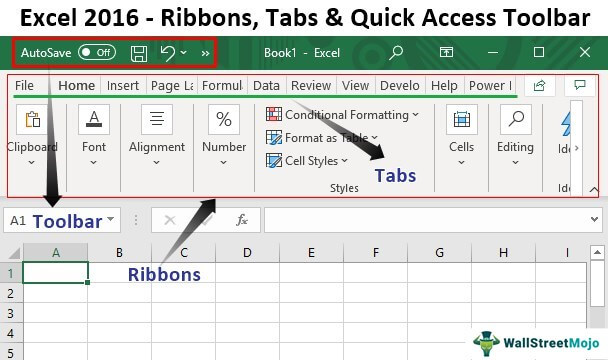

With shortcuts, you can also see the effects of options on the fly before applying them. You can add/remove elements, apply predefined styles and color sets and filter values very quickly. In Excel 2013 and newer versions, charts also support shortcuts. For example, this option is labeled as F ormat Data Series… in the following image. To display the side panel, choose the option that starts with Format. Right-clicking an element will display the contextual menu, where you can modify basic element styling like colors, or you can activate the side panel for more options. The side panel contains element specific options, as well as other generic options like coloring and effects. Please keep in mind that you don’t need to double click another element to edit it once the side panel is open, the side menu will switch to the element. Double-Clickingĭouble-clicking on any item in the chart area pops up the side panel where you can find options for the selected element. You can customize pretty much every chart element and there are a few ways you can do this. Now, let’s take a look at customization options. Once you make a selection, Excel will create the default version of the chart. In this example, we’re going to be using 3-D Surface. Click on the desired chart type to insert in section named Surface. Go to the INSERT tab in the Ribbon and click on the Radar, Surface and Stock Chart icon to see the surface chart types. If you include data labels in your selection, Excel will automatically assign them to each column and generate the chart. Wireframe Contour: The version of the Contour type that uses lines instead.īegin by selecting your data in Excel.This type represents a “view from above” perspective.

Contour: This is the 2-D version of surface charts.Wireframe 3-D Surface: This type uses lines instead of filled areas to connect data points.This chart type resembles a 3-D column chart. 3-D Surface: The default surface chart type where data is displayed from a 3-D perspective.There are 4 commonly used types of surface charts.
Excel for mac 2016, reduce scale of graph series#
Depth axis: The axis that represents the series of the data, also known as the z-axis.



 0 kommentar(er)
0 kommentar(er)
